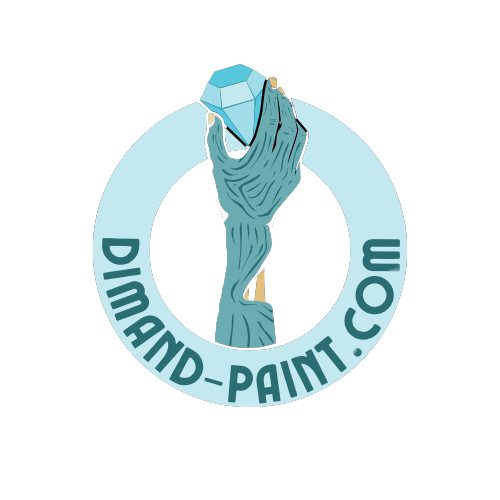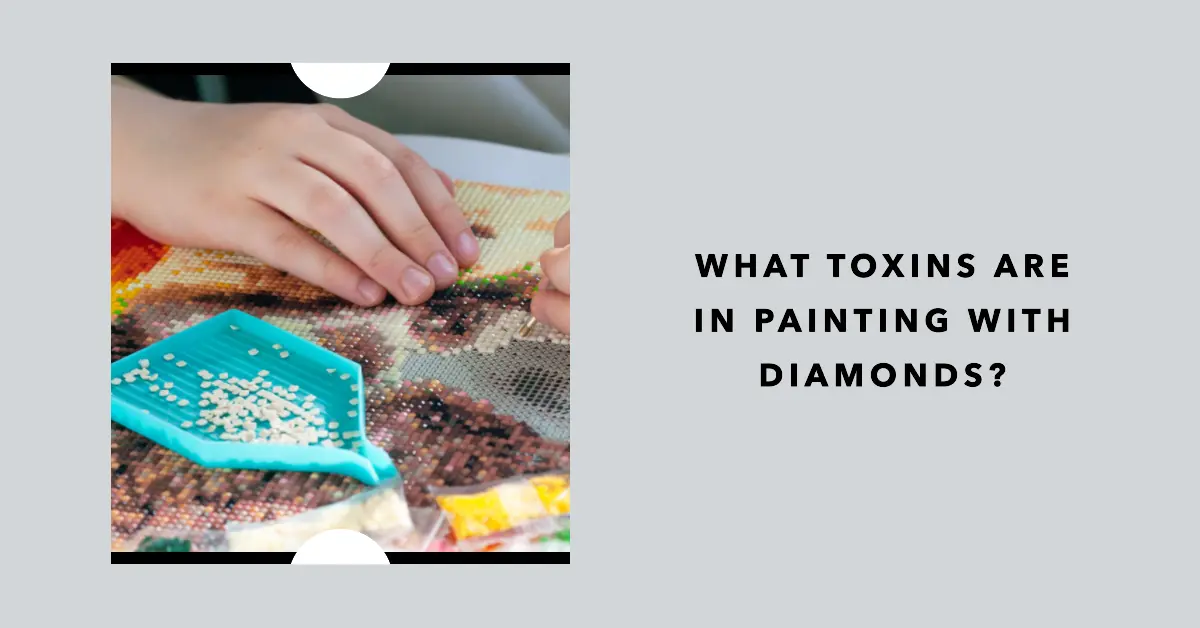What toxins are in painting with diamonds?
Diamond painting has gained immense popularity as a creative and relaxing hobby, allowing individuals to create stunning artwork by placing resin drills onto a pre-printed canvas. However, concerns have been raised about the potential presence of toxins in diamond painting materials.
In this article, we will explore the components of diamond painting and examine the potential risks associated with them.
Understanding the Components of Diamond Painting
To comprehend the potential toxins in diamond painting, it is essential to understand the materials involved in this craft.
Canvas
The canvas is the base on which the diamond painting design is printed. It is crucial to ensure that the canvas is made from safe and non-toxic materials, as it forms the foundation of the artwork.
Diamonds (Resin Drills)
The resin drills, commonly known as diamonds, are small, faceted pieces that resemble gemstones. These drills come in various colors and are placed onto the canvas to form the desired image. The quality and safety of these resin drills are of utmost importance.
Adhesive
Adhesive is used to secure the resin drills onto the canvas. It is crucial to examine the safety of the adhesive to prevent any potential harm or adverse reactions.
Wax Pad
A wax pad is often included in diamond painting kits to help pick up the resin drills using an applicator tool. The safety of the wax pad is essential to ensure a safe and enjoyable diamond painting experience.
Applicator Tool
The applicator tool is used to pick up the resin drills from the wax pad and place them onto the canvas. It is crucial to consider the safety of the applicator tool, as it comes into direct contact with the materials.
Potential Toxins Found in Diamond Painting Materials
While diamond painting is generally considered safe, it is essential to be aware of the potential toxins that may be present in the materials used.
Chemicals in Canvas
The canvas used in diamond painting may contain certain chemicals, such as volatile organic compounds (VOCs) or heavy metals, which can be harmful if they are released into the air or come into contact with the skin.
Potential Risks of Resin Drills
The resin drills used in diamond painting are typically made from plastic or resin materials. It is crucial to ensure that these drills do not contain harmful substances such as phthalates or lead, which could pose health risks if ingested or inhaled.
Adhesive Concerns
The adhesive used in diamond painting should be non-toxic and free from harmful chemicals. It is important to choose high-quality adhesive to ensure that it does not release any toxic fumes during the diamond painting process.
Safety of Wax Pads
Wax pads are commonly used to pick up the resin drills. It is essential to verify that the wax pad included in the diamond painting kit is safe and does not contain any toxic substances that could come into contact with the skin.
Applicator Tools and Safety Precautions
Applicator tools are designed to be safe for use in diamond painting. However, it is recommended to handle them with care and ensure they are clean to avoid any potential contamination.
Health and Safety Measures for Diamond Painting
To minimize the potential risks associated with toxins in diamond painting materials, it is crucial to follow proper health and safety measures.
Choosing High-Quality Materials
Opt for diamond painting kits from reputable suppliers who prioritize safety and quality. Look for certifications or labels indicating that the materials meet safety standards.
Proper Ventilation and Work Area
Ensure that your diamond painting workspace is well-ventilated. Open windows or use a fan to promote air circulation and reduce the concentration of any potential fumes.
Using Personal Protective Equipment (PPE)
Consider wearing gloves and a face mask, especially when handling adhesive or if you have sensitivities to certain materials. PPE can provide an extra layer of protection.
Proper Storage and Disposal of Materials
Store your diamond painting materials in a cool and dry place, away from direct sunlight. When disposing of unused drills or packaging, follow local waste disposal guidelines and consider recycling options if available.
Conclusion
Diamond painting is a popular and enjoyable craft that allows individuals to express their creativity. While there are potential toxins that may be present in diamond painting materials, following proper health and safety measures can help minimize any associated risks.
By choosing high-quality materials, maintaining a well-ventilated workspace, and using appropriate personal protective equipment, you can safely enjoy the art of diamond painting

